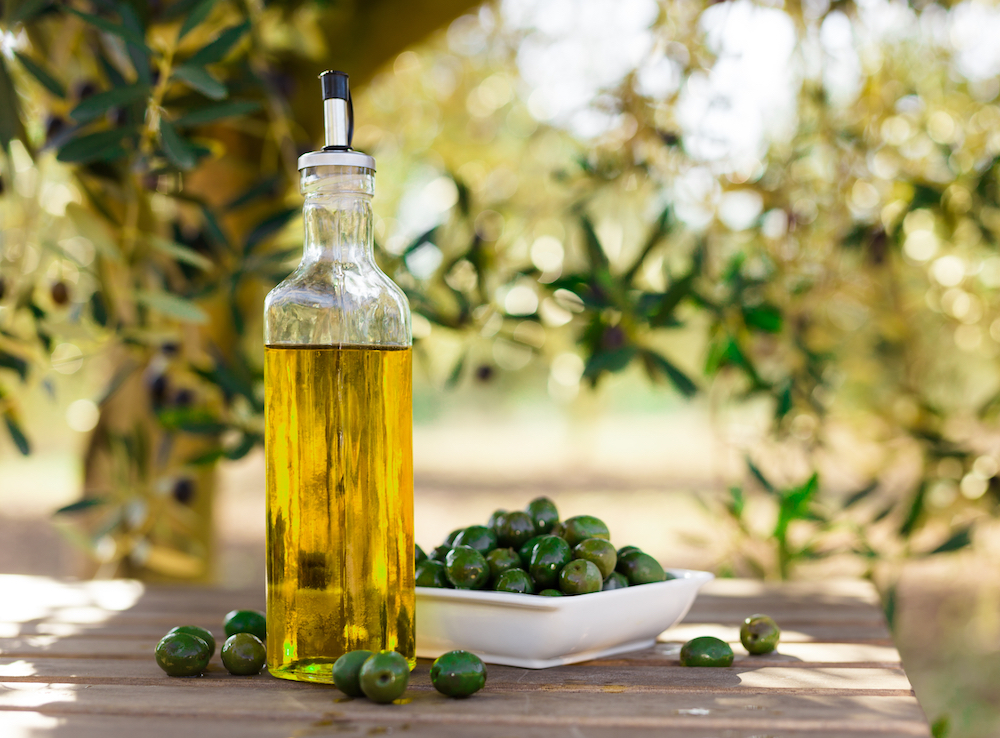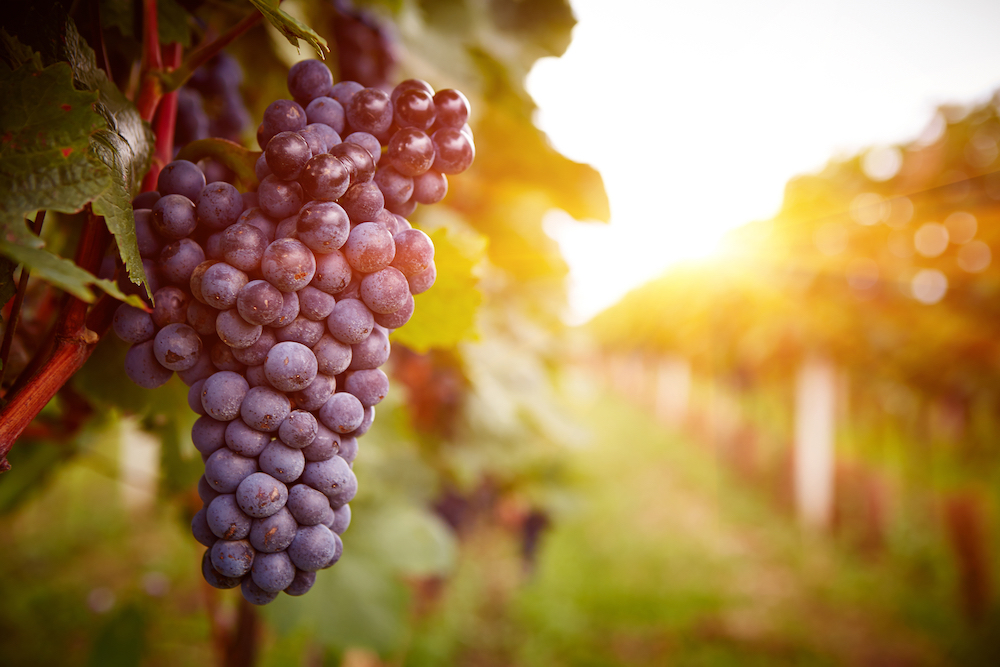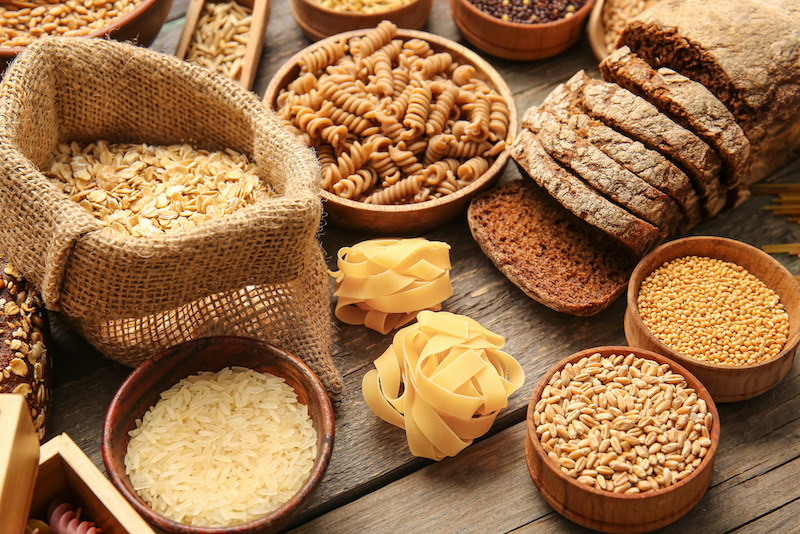The Mediterranean Agricultural Trinity

In his 1949 book La Méditerranée, French historian Fernand Braudel (1902-1985) identified the Mediterranean “trinity” of olives, the grapevine, and wheat. Here, we’ll explore the origins of each.
Olives
An olive tree has been standing in Athens’ Acropolis for over 2500 years; in Greek mythology, the goddess Athena planted that tree herself. In Rome, an inscription near the Temple of Portunus mentions Hercules Olivarius — or Hercules of the Olive Merchants — aptly reflecting the grand role of olives in the commerce of the time. Today, olive oil production plays a key role in the agricultural trade of the Mediterranean region, with Spain, Italy, Greece, and Portugal leading the production charts.
Olive oil is typically nicknamed “liquid gold” for its nutritional properties. It’s a hallmark of Ancel Keys’ framework for a Mediterranean Diet and is highly lauded for its healthy, monounsaturated fat.

The Grapevine
Wine enjoys a long, long history, with the oldest evidence of its making dating prior to the Neolithic period. Ancient wine trade routes continue to be unclear, but evidence has shown that in the eastern Mediterranean region, Phoenicians maintained viticulture traditions that, along trade routes, moved to the Western Mediterranean and strongly enriched existing practices.
Various book evidence from the Greco-Roman Period has provided insight into the ancient consumption of wine. In the collection of Roman recipes “Apicius” (ca. 900 AD), an unknown author shares various recipes that employ the use of the grape. Amongst them is “Conditum Paradoxum,” a spiced wine recipe with honey, pepper, saffron, mastich, and laurel leaves. The author also shares recipes for the rose wine “Rosatom” and the violet wine “Violatium.”
When wine ferments, it produces an acetic acid bacteria that is excellent for destroying microorganisms and thus delaying food’s shelf life — making wine an asset in more ways than one. Apicius also mentions the use of vinegar to preserve oysters, fried fish, fruits, and vegetables. In ancient Rome, a mix of water and vinegar called “Posca” was consumed by the army and poorer citizens for hydration.

Cereals
While the consumption of cereals most certainly isn’t unique to the Mediterranean region, the wheat genetic diversity across the Mediterranean Basin is wide. Pasta, bread, rice, and couscous: these are all essentials across different Mediterranean countries, and the cuisine would be stripped bare without them and their many variants.
In Egypt and the Levantine countries, flatbread is a staple, typically relying on refined soft wheat flour. In Italy, durum wheat is ground into semolina to make pasta. Similarly, the Maghrebi couscous uses durum. Ancient Egyptians used the emmer grain for bread; it was one of the first crops to be cultivated in the region and is the predecessor to the Italian farro.
Wheat consumption per capita in the Mediterranean region is especially high. As a source of complex carbohydrates, cereals are a high source of energy for a balanced diet and are particularly important for food security across poorer countries.
The Many Components of a Rich Region
The agricultural trilogy mentioned above is just one framework to simplify a large, complex region into a few shared values. The Mediterranean Basin region offers much more — from vegetables, to legumes, fruits, nuts, meats, and fish and it’s a worthwhile endeavor to explore each country, and even city, as its own rich entity.










